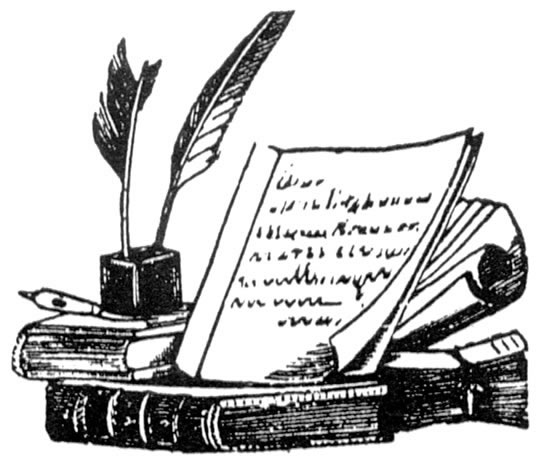If you missed Saturday’s meeting, Ralph Norton did an excellent job of summarizing Ansen Dibell’s book entitled “PLOT – How to build short stories and novels that don’t sag, fizzle, or trail off in scraps of frustrated revision – and how to rescue stories that do.” The following is a recap of the chapter subjects that Ralph covered in his talk. A complete handout, replete with examples, is available via email from Ralph.
Chapter I .. What is plot? (Plot is seen as a wrestling match, a fair fight between balanced forces. Something worthwhile must be at stake, something that matters to the characters and the reader.)
Chapter II .. Grand openings (The opening must show what kind of story it is going to be, introduce and characterize the protagonist, engage the readers interest, and set a mood, preferably all in one scene.)
Chapter III .. Would you trust a viewpoint with shifty eyes? (Choice of narrative point of view is crucial, as first person, third person, and omniscient each has its own strength or weakness. Use the smallest number of character POVs possible, and handle shifts of POV only at chapter breaks or change of scene. Never change character POV in the middle of a scene.)
Chapter IV.. Shut up! Handling Exposition (This chapter is about providing background information, as in telling rather than showing. Actual scenes are closely focused, while exposition provides a more panoramic view. Keep exposition to brief, small, digestible morsels. The story comes first.)
Chapter V .. Early middles: New directions and subplots (Things often go wrong after the first scene, but don’t rewrite the opening until you complete the first draft. Constant tinkering leads to death from a thousand edits. Just keep the story moving. While the story is still evolving, set up further problems through shifts in POV and subplots. If you need a flashback to inform the reader, make it do double duty like setting the mood and providing new perspectives and mirroring present events.)
Chapter VI .. Building the big scenes using set-pieces (The job of the middle is to build toward and deliver the crisis. Big scenes, called set-pieces, are steps in the protagonist’s journey as things get blacker and blacker before the crisis. Hints, twists, laying the groundwork, and foreshadowing are all part of the buildup and mounting tension.)
Chapter VII .. Harnessing melodrama (Drama releases the electricity in small events, melodrama calls down the lightning. Following the analogy of salt, just enough enhances the meal; too much ruins it.)
Chapter VIII .. Patterns, mirrors and echoes (Patterns occur in images, incidents, situations, and character. Cultivate your patterns to mean something, like having situations go thru the same stages. Think of the fairy tale patterns of three, and try imagining the three pigs with only one pig. When using flashbacks, use echoes and mirrors as well.)
Chapter IX .. Pacing, transitions, flashes and frames (A story is not just a series of scenes. A story must have pacing and rhythm, interweaving of plot and subplot, transitions, patterns of image, evolving situations and character development. Flashbacks are stronger than summary because they show, don’t tell. If a flashback isn’t strong and vivid, turn it into summary exposition. Because flashbacks are in the past, they are weaker than the main narrative. Too many flashbacks can leach vividness from a story)
Chapter X .. When you come to the end, stop. (Endings can be either circular or linear, and happy, unhappy, or mixed. The ending takes the entire sequence of what has gone before and builds it into a single moment of crisis. Important loose ends must be tied up or resolved before the end; but minor things can be left open. Trick endings, divine-intervention endings, sequel-fishing endings, or shift of focus or plot are all examples of endings gone wrong.)
Chapter XI .. Beyond Plot (In certain types of mood pieces, character sketches, slices-of-life, allegory, and collages, the traditional action-based, cause-and-effect plot is absent or diminished.)
